Semiconductors: Pioneering Sustainability and Cost-Effectiveness in Chip-Making

Semiconductors: Pioneering Sustainability and Cost-Effectiveness in Chip-Making
The automotive and manufacturing sectors are experiencing a remarkable acceleration of innovations, primarily attributed to the advent of Industry 4.0. This fourth industrial revolution is founded on cutting-edge technologies such as the Internet of Things (IoT), Artificial Intelligence (AI), and smart manufacturing practices.
And semiconductors are the heart (literally) of this revolution. So, be it a fitness watch, or a self-driving car, microprocessors are the brain of every intelligent system.
Read More“In an era marked by the relentless march of technology, semiconductor innovation stands as the unsung hero powering high-tech manufacturing and the automotive industry.“
Rupesh Kharbanda
India`s Green Hydrogen Ambition: Reshaping the Global Supply Chain

India`s Green Hydrogen Ambition: Reshaping the Global Supply Chain
If you are an independent power producer, infrastructure project developer, sub-contractor or a supplier, will you bet on the chances of scaling green hydrogen?
Like all things manufacturing that travel from the lab scale scientific prototype to industrial scale commercial prototype, green hydrogen too has an inflexion point beyond which it will attain critical mass.
Beyond Grants: Learn from Startup Success Stories`workshop series
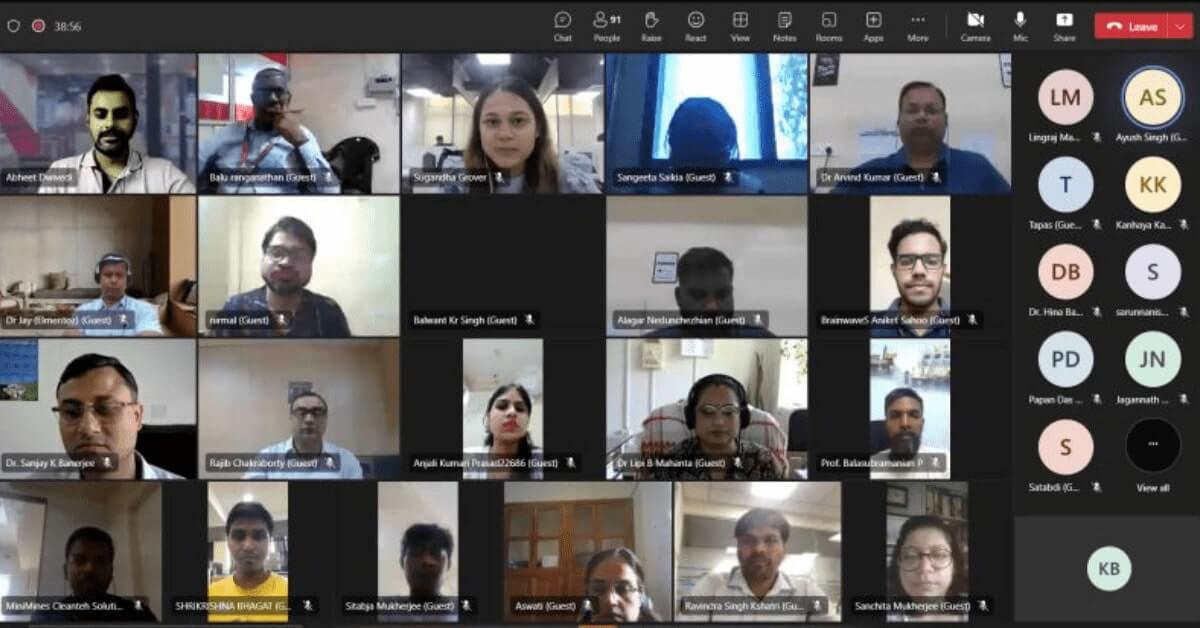
Beyond Grants: Learn from Startup Success Stories`workshop series
Date: July 31st, 2023
Organizer: KIIT
About the Event: In a recent session titled ‘Beyond Grants: Learn from Startup Success Stories’ hosted by KiiT University, Mr. Abheet Dwivedi (Vice President, Moglix) shared the incredible journey of Moglix as a unicorn with aspiring entrepreneurs and growing startups.
CII Indian Commercial Vehicle Conclave
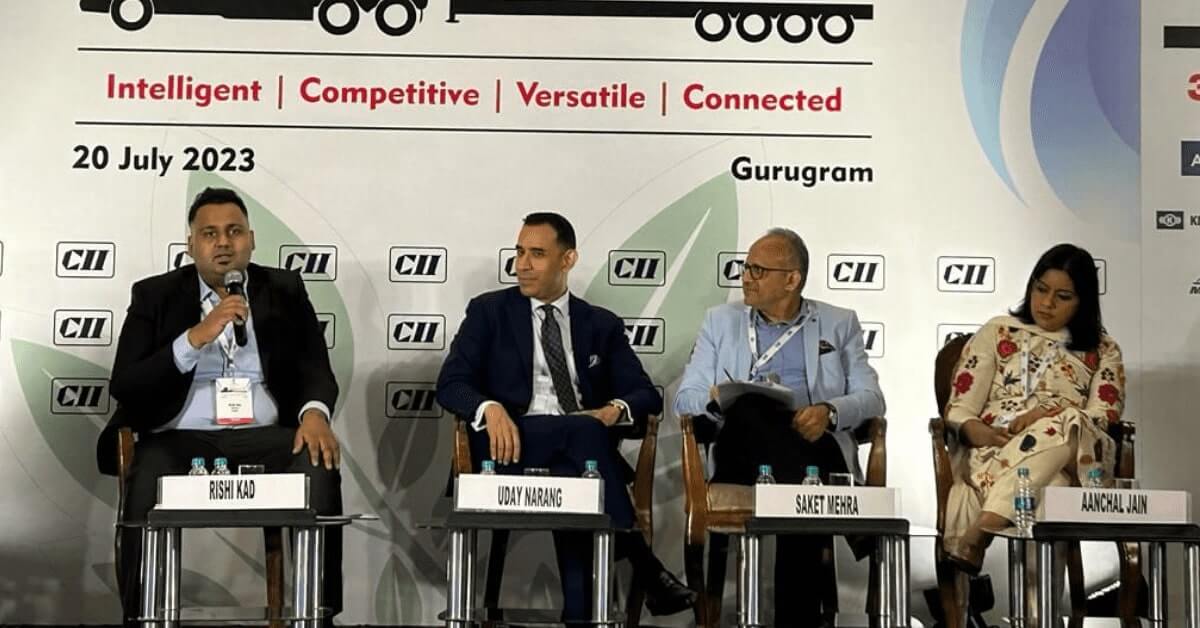
CII Indian Commercial Vehicle Conclave
Date: July 20th, 2023
Organizer: CII
About the Event: Mr. Rishi Kad, Director of Moglix, took the stage at 2nd edition of CII Indian Commercial Vehicle Conclave in New Delhi. He shared valuable insights on “Design and Development of Commercial Vehicles for Emerging Markets.” Emphasizing the power of technology, he highlighted how digital collaborative tools are driving effective pricing and cost reduction.
7th Edition Procurement Excellence Summit and Awards 2023
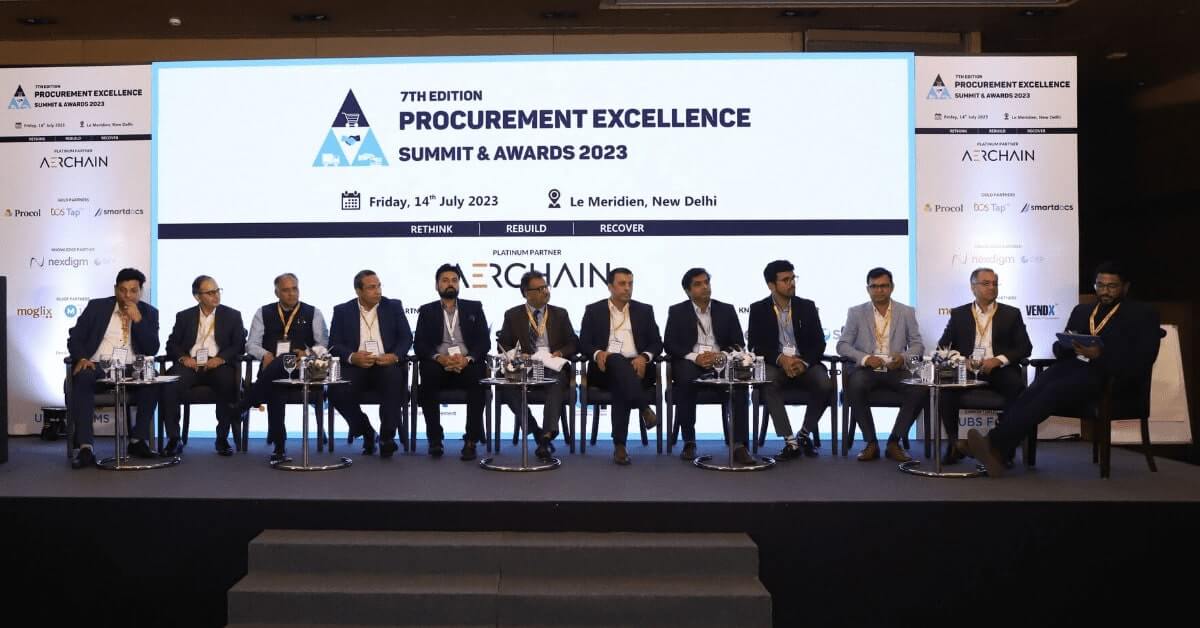
7th Edition Procurement Excellence Summit and Awards 2023
Date: July 14th, 2023
Organizer: UBS Forums
About the Event: Mr. Rupesh Kharbanda, Senior Director at Moglix, shared his invaluable expertise on ‘Procurement: Making Digital Transformation at Work – Digital is the Next Wave at the 7th Edition of Procurement Excellence Summit & Awards 2023 organised by UBS Forums Pvt. Ltd. in New Delhi.
NextGen Chemicals and Petrochemicals Summit
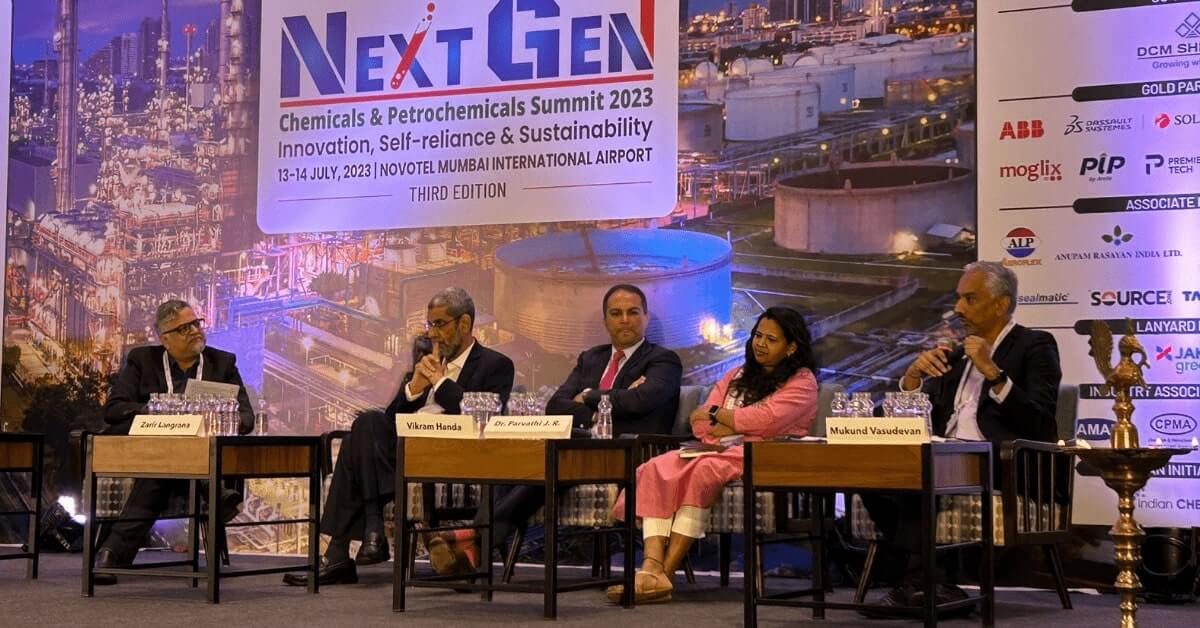
NextGen Chemicals and Petrochemicals Summit
Date: July 14th, 2023
Organizer: Indian Chemical News
About the Event: Mr. Mukund Vasudevan, Managing Director, Moglix, shared his thoughts at the Next Gen Chemical & Petrochemicals Summit 2023 organized by Indian Chemical News to shed light on the crucial topic of “Net Zero and Decarbonization Preparedness.
Procurement and SupplyChain LIVE New York

Procurement and SupplyChain LIVE New York
Date: june 28th, 2023
Organizer: BizClick
About the Event: Mr. Rahul Garg (Founder & CEO of Moglix) recently took the stage at Procurement & SupplyChain LIVE Virtual, New York! . His captivating session on ‘The Strategic Sourcing Forum’ in conversation with Ms. Carrie Uhl (Chief Procurement Officer, GE HealthCare) shed light on leveraging digital technology solutions to measure the ROI of strategic sourcing initiatives.
3rd CLE Central Regional Export Awards
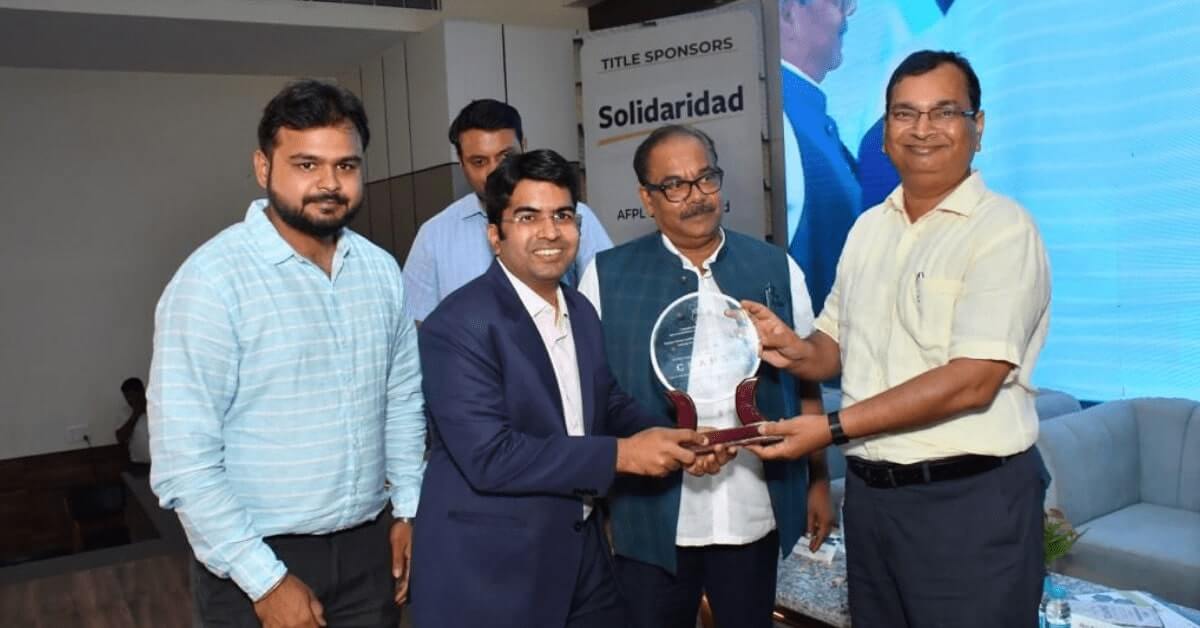
3rd CLE Central Regional Export Awards
Date: June 10, 2023
Organizer: Council of Leather Exports
About the Event: Mr. Mayur Totla, Senior Director, Credlix recently had an opportunity to present on “Achieve Rapid Business Growth through Export Financing” at CLAPPS 2023 organized by Council for Leather Exports at Unnao, Kanpur.
Brand Connect

Brand Connect
Date: 27th October 2023
Organizer: CIDC
About the Event:Exciting News! Mr. Rajesh Chiluveri, Director at Moglix, had the honor of presenting at Construction Industry Development Council Brand Connect emphasizing on “Transforming the landscape of procurement and supply chain in the infrastructure and construction sectors isn’t just a necessity, it’s a commitment to building a brighter, more efficient future”.
Warehouse Efficiency 101: Strategies for Avoiding the Most Common Pitfalls
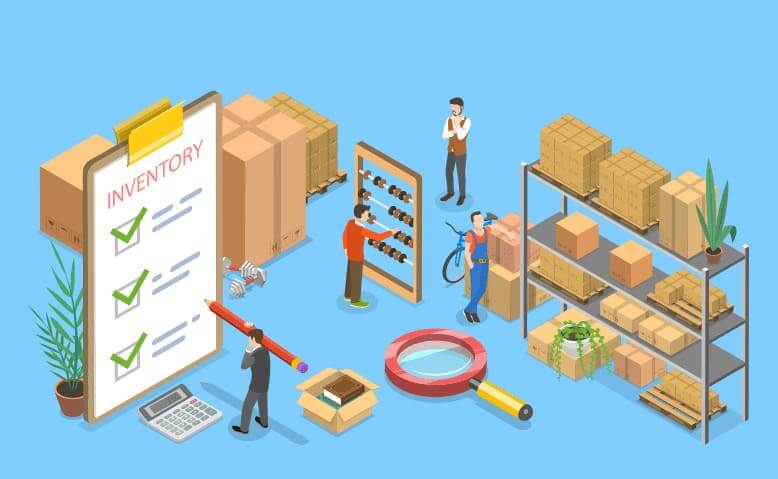
Warehouse Efficiency 101: Strategies for Avoiding the Most Common Pitfalls
Are you struggling with warehouse efficiency and feeling like it’s holding back your business growth? Don’t worry, you’ve come to the right place! In this article, we’ll provide you with valuable insights on how to optimize your operations and overcome the stumbling blocks that are hindering your warehouse efficiency. Whether it’s the imbalanced stock, warehouse layout, employee training or even tech and equipment, we’ve covered it all! Get ready to unleash the proven strategies to propel your business forward!
Table of Contents
- Introduction
- Messy Warehouse Layout
- Imbalanced stock
- Not looking after equipment
- Not using tech right
- Deficiency in employee training
- Conclusion
Introduction
In the world of B2B supply chains, time is like gold in your pocket. Surprisingly, only about 22% of businesses have really dialed in their supply chain game. Imagine the potential waiting to be unlocked! It’s like having a treasure trove of opportunities just waiting for the taking.
And every second wasted due to inefficiencies costs you financially and gives your competitors an edge. Let’s see the common pitfalls in the warehouse and how to avoid them.
- Messy Warehouse Layout
A confusing layout can slow things down for a manufacturing industry. Instead, focus on optimizing your warehouse layout. In the realm of manufacturing, an inefficient layout can significantly impede productivity. Therefore, it’s crucial to optimize your warehouse layout for seamless operations.
- Aisles: Much like well-maintained paths in a park, ensure your aisles are narrow enough. When designing warehouse aisles, it’s important to strike a balance between width and efficiency. Narrow aisles can help facilitate efficient movement and access to different sections of the warehouse.
- Product Placement: Prioritize proximity to the exit for high-demand products. Placing frequently requested items near the exit streamlines the retrieval process, enhancing efficiency.
- Signage: Think of signage as the street signs within your warehouse. Clear, visible labels and signs help workers locate items swiftly, reducing search times and increasing productivity.
- Adaptability: Embrace a culture of adaptability. Regularly assess and, if needed, reconfigure your layout based on evolving demands. This flexibility ensures that your warehouse remains optimized for current production needs.
By paying attention to these key factors, you can significantly enhance the efficiency and productivity of your manufacturing warehouse.
- Imbalanced Stock OR Uneven inventory
- Good Systems: Establish a robust tracking system to monitor inventory levels within the warehouse. Utilize advanced software solutions tailored to the manufacturing industry, ensuring accurate and real-time stock visibility.
- Rotate Stock: Prioritize a “first in, first out” (FIFO) approach. Ensure older materials or products are positioned at the front while newer items are placed at the back. This rotation helps to keep inventory fresh and minimizes the risk of obsolete goods.
- Regular Checks: Conduct routine inspections to validate physical inventory against digital records. This practice helps identify discrepancies early, allowing for prompt corrective action and preventing potential production delays.
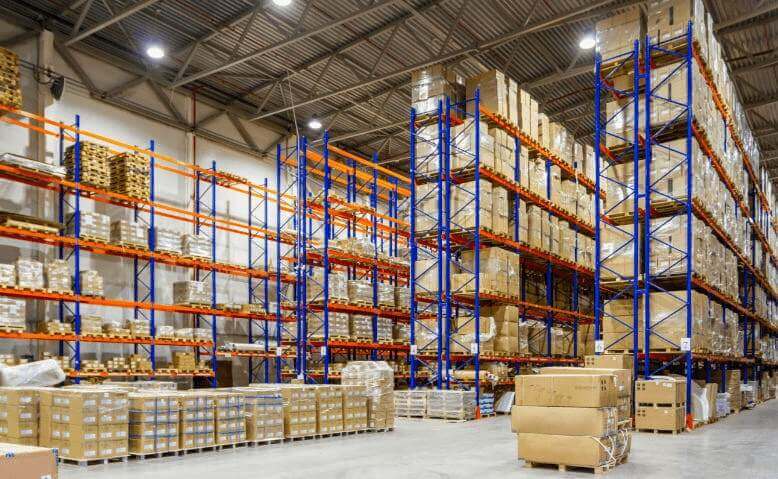
- Lagging on equipment care
- Update Equipment: Periodically evaluate the condition of your machinery. In some cases, retiring older machines in favor of newer, more efficient models is a strategic move to enhance productivity.
- Fix Problems Fast: Promptly address any malfunctions or breakdowns. Swift repairs prevent disruptions to the production process and curtail potential complications.
- Regular Checks: Implement routine maintenance checks akin to health check-ups for machines. This proactive approach helps identify and address potential issues before they escalate.
- Not Using Tech Right
Tech can help, but only if used properly. Only 63% of businesses have tech solutions in place.
- Pick Wisely: Get tech tools that fit your needs.
- Train Everyone: Make sure everyone knows how to use new tools.
- Have a Plan B: If tech breaks down, know what to do next. For example, if a warehouse relies on automated conveyor systems for transporting goods, a backup plan could involve having manual conveyor systems available in case of a breakdown.
- Deficit in staff training
The people who work in your warehouse are on the front lines. They know the ins and outs of daily operations and can provide invaluable insights:
- Training: Ensure everyone is well-trained and up-to-date with the latest best practices and technology.
- Feedback Loop: Create a system where employees can easily share their observations and suggestions. They might spot potential problems or have ideas for improvements that have yet to cross your mind.
- Reward System: Recognise and reward employees for their ideas and efforts to improve warehouse efficiency. A motivated team can make a significant difference in achieving operational excellence.
- Open Communication: Foster an environment where communication flows freely. When everyone is on the same page, avoiding and addressing common pitfalls becomes a collective effort.
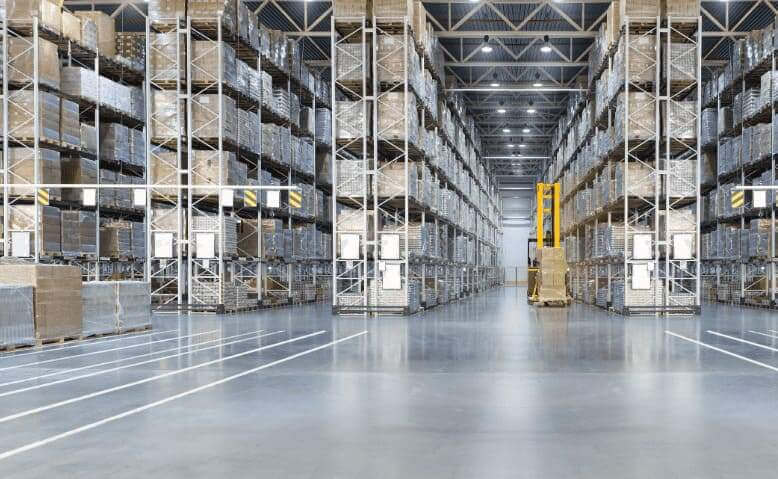
Conclusion
Warehouse inefficiency can cause 34% of delays in shipping, which causes unnecessary business costs. Here is one case in which Moglix has solved the problems of un-optimised inventory, data discrepancies and a fragmented vendor base. You can achieve a streamlined, efficient warehouse operation by avoiding these pitfalls. Regularly review processes, embrace data-driven decision-making and adjust proactively to stay ahead in the competitive B2B supply chain management world.
